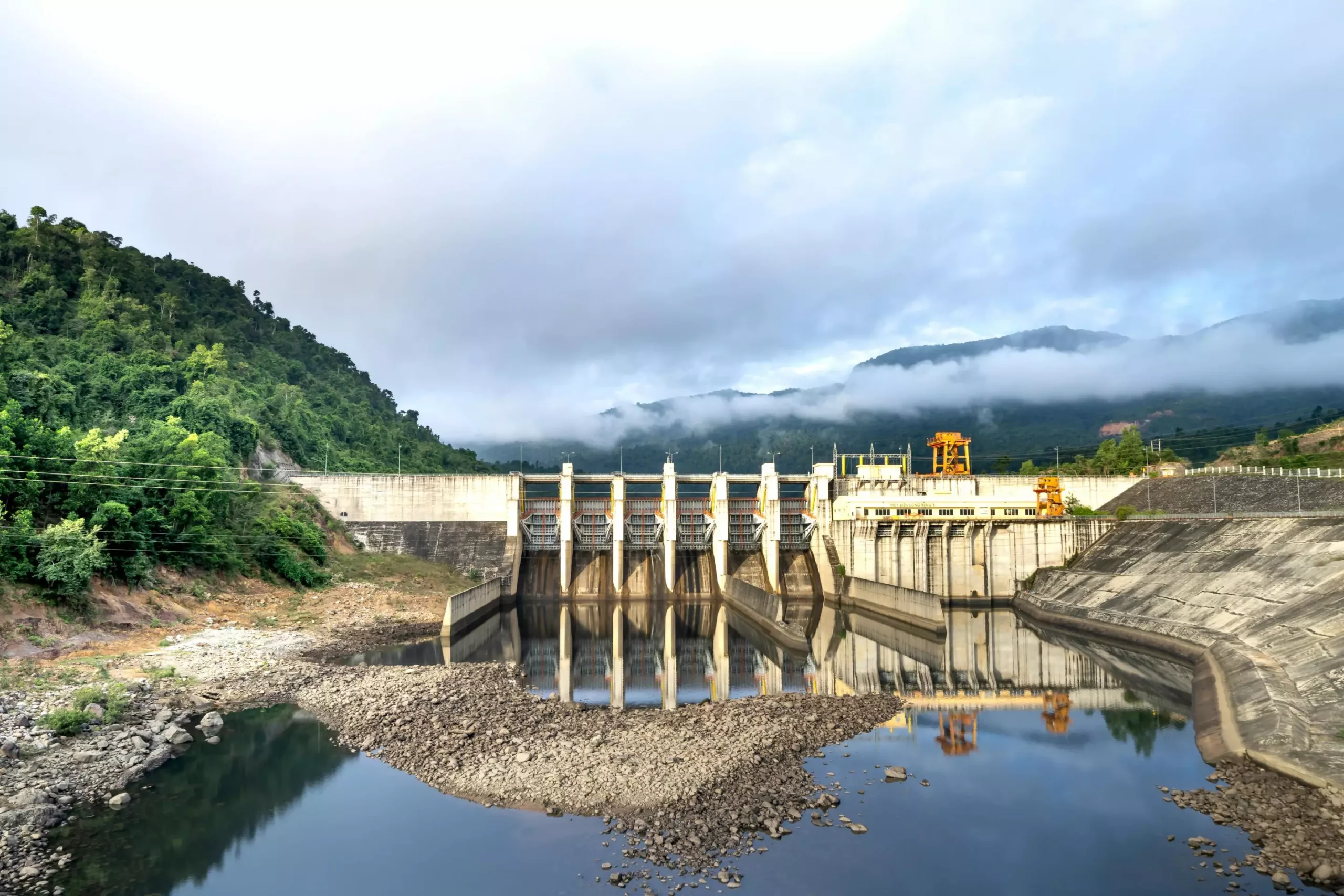Hydropower is often hailed as a beacon of clean energy, harnessing the natural flow of water to produce electricity with minimal environmental impact. As countries strive to transition from fossil fuels to renewable energy sources, hydropower has emerged as a cornerstone of many national energy portfolios. However, a recent study conducted by researchers from The University of Alabama reveals that this seemingly invincible source of energy faces significant threats, particularly from prolonged drought conditions. In their analysis spanning nearly two decades, the researchers underscore that without proactive measures, hydropower’s reliance on consistent water sources could transform it into a liability during climate-induced dry spells.
The comprehensive study published in Environmental Research Letters delves into the ramifications of drought on hydropower production across the United States from 2003 to 2020. Strikingly, the researchers identified an estimated $28 billion loss to the hydropower sector during this period, a staggering figure that speaks volumes to the stakes involved. The decline in electricity generation not only impacted revenue flow into hydropower facilities but also imposed a broader economic burden as energy had to be procured from alternative utilities to meet demands. This shift not only escalated costs for consumers but also destabilized the clean energy agenda by increasing reliance on fossil fuels.
Although public perception often prioritizes the risks associated with flooding, Dr. Hamid Moradkhani, a pivotal figure in the research, emphasizes the urgent need to reevaluate our understanding of climatic vulnerability. The message of the study is clear: droughts are serious threats that must be integrated into the long-term planning of energy sectors. Failure to do so risks undermining the very foundation of clean energy initiatives that the world is scrambling to implement.
A fascinating revelation of the study was the variation in state-specific vulnerabilities to drought. The research illustrated that while Nevada—famous for its arid climate—maintained lower susceptibility due to the presence of the Hoover Dam and its massive reservoir, other states faced spiraling vulnerabilities. Through their analyses, researchers discovered that factors such as soil moisture and topographical ecology substantively influenced resilience to drought conditions. Interestingly, Alabama, while heavily reliant on hydropower for about 7% of its electricity generation, displayed a greater degree of adaptability compared to other states experiencing harsher drought scenarios.
This geographic disparity highlights the crucial need for tailored strategies in energy planning. For states more vulnerable to water shortages, the risk extends beyond economic loss. The environmental implications are equally dire, as the need to source replacement energy disproportionately draws on fossil fuels—primarily natural gas—resulting in heightened greenhouse gas emissions. The upshot of the analysis indicates a troubling 10% increase in carbon dioxide (CO2) emissions and a significant 24% rise in nitrogen dioxide (NO2) emissions nationwide, with certain regions experiencing more severe declines in air quality than others.
The findings of this study serve as a clarion call for necessary action. As the realities of climate change intensify, there is an urgent need for strategic adaptation plans to safeguard the sustainability of hydropower as a viable energy source. Transitioning from solely relying on hydropower, energy diversification must rise to the forefront of policy objectives. States can enhance their resilience against drought by investing in a multi-faceted energy portfolio that incorporates solar, wind, and other renewable resources alongside hydropower.
Furthermore, improved water management practices are imperative. Effective conservation strategies, along with enhanced infrastructure for water storage and distribution, could bolster the available water supply for hydropower generation during periods of drought. By prioritizing adaptation efforts, states can better navigate the complexities presented by climate change and secure a more sustainable energy future.
The implications of the University of Alabama’s research are clear: hydropower generation is not immune to the vagaries of climate conditions, and drought must be viewed as a critical challenge to its efficacy. As communities and policymakers weigh the costs and benefits of hydropower, it is essential that long-term strategies incorporate the risks associated with drought. By doing so, we can ensure that this essential clean energy source continues to serve our needs in an increasingly uncertain climate.


Leave a Reply